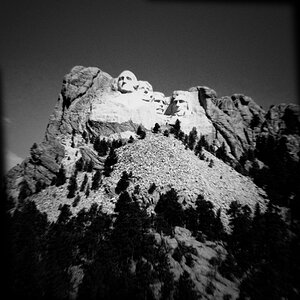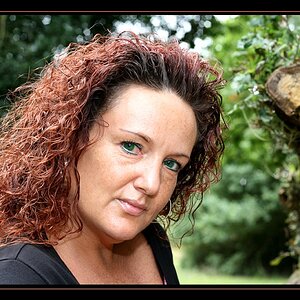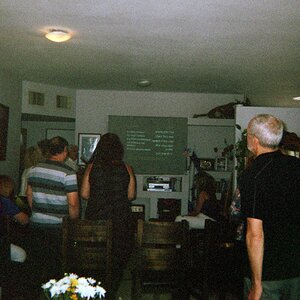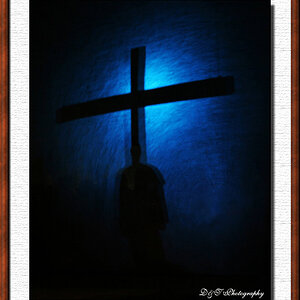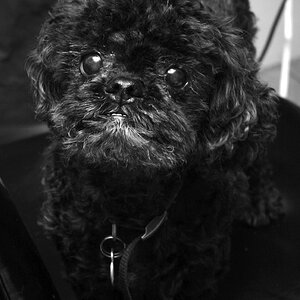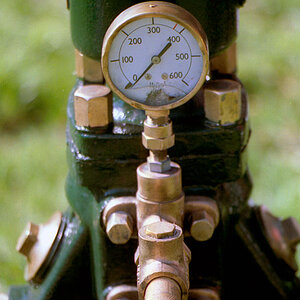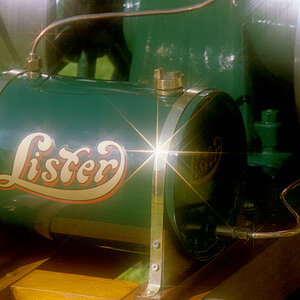Romphotog
TPF Noob!
- Joined
- Jan 24, 2008
- Messages
- 110
- Reaction score
- 0
- Location
- On planet Earth.
- Can others edit my Photos
- Photos NOT OK to edit
I am in the market for a DSLR w/movie mode, preferrably a 18-55mm lens kit such as a Canon - EOS Digital Rebel T3 12.2MP, Nikon D5000. Both are within my budget. But, I see the PENTAX - K-r with 18-55mm Lens Kit goes for $250 more for some reason. Same MPs & lens. What's the deal here?



